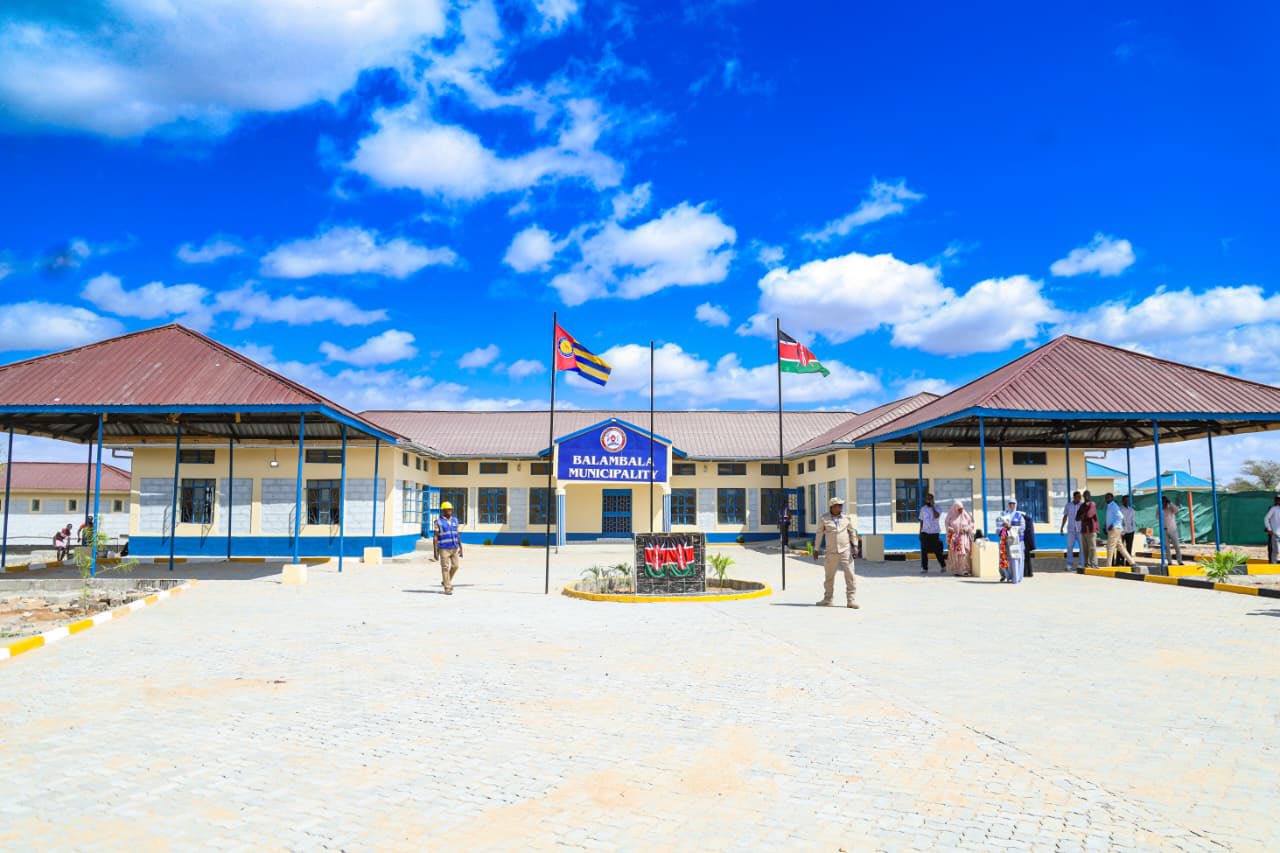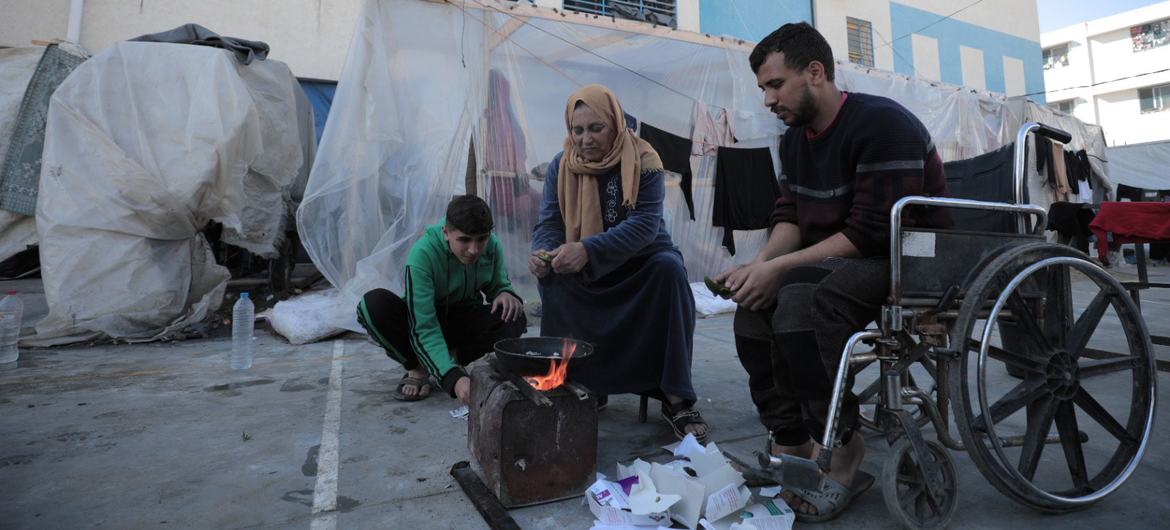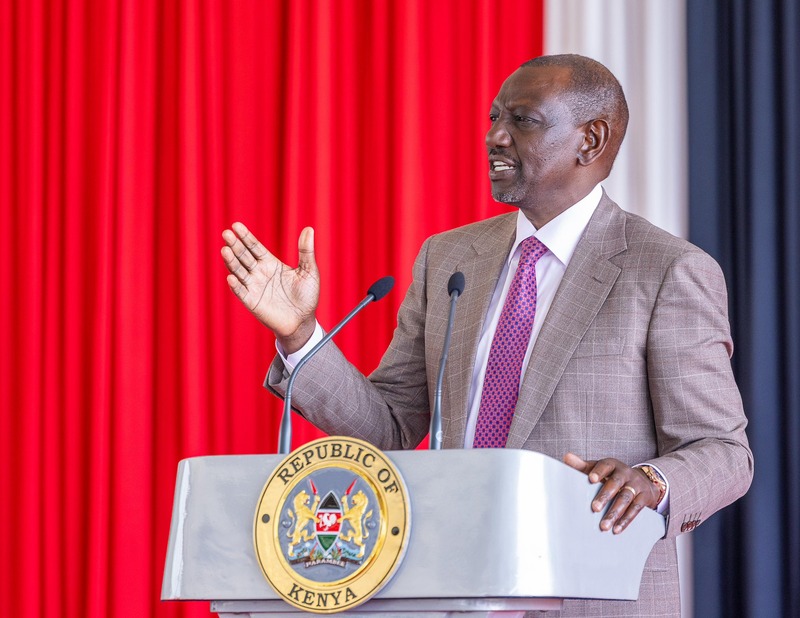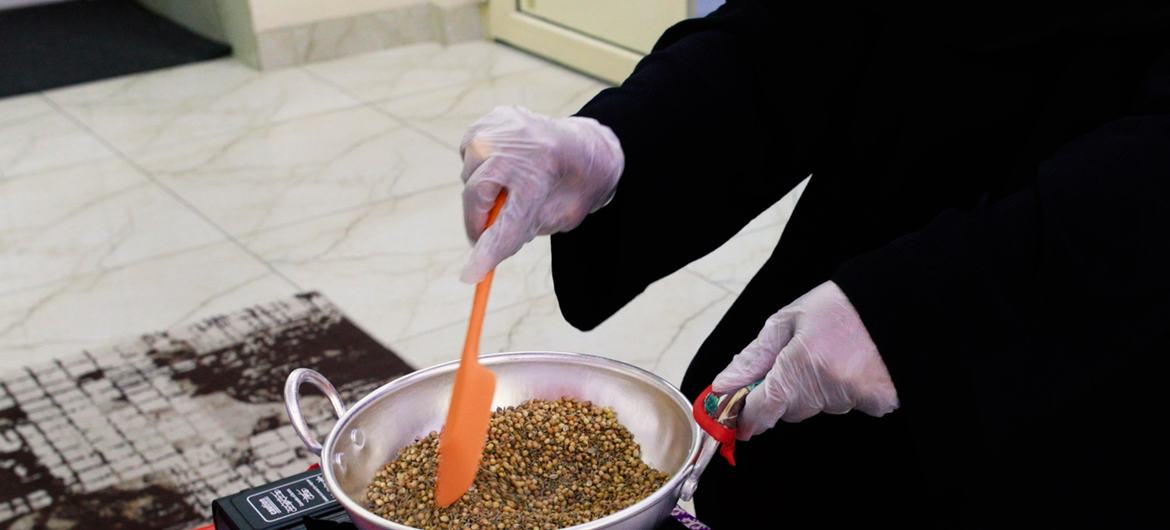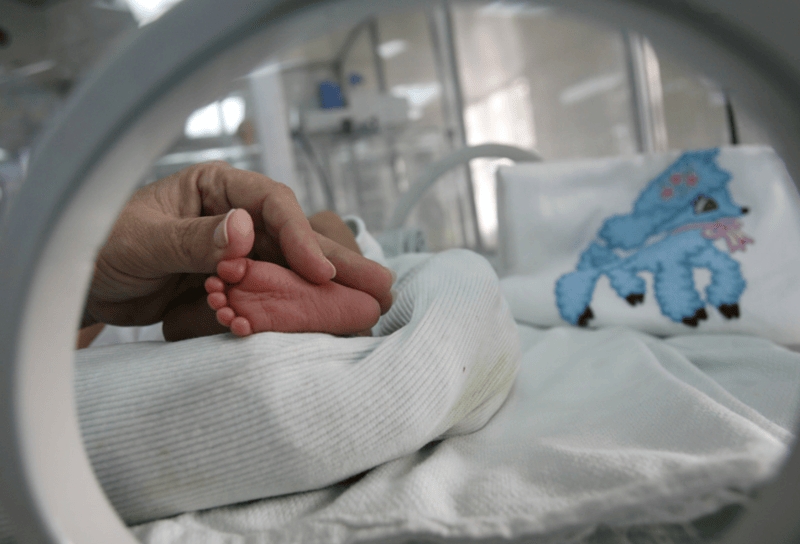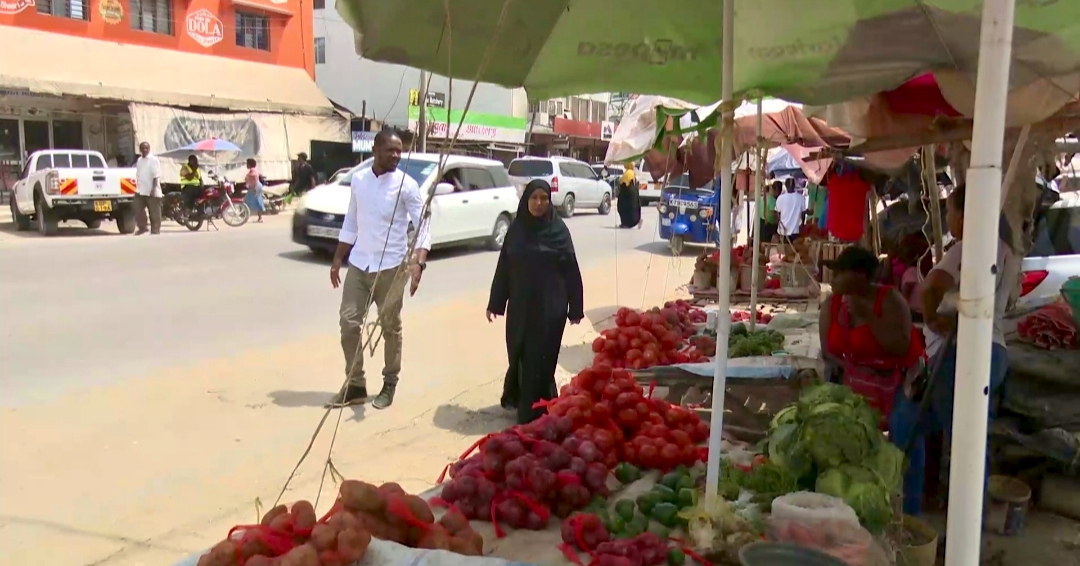Neglecting Malaria prevention leaves many at risk of infection
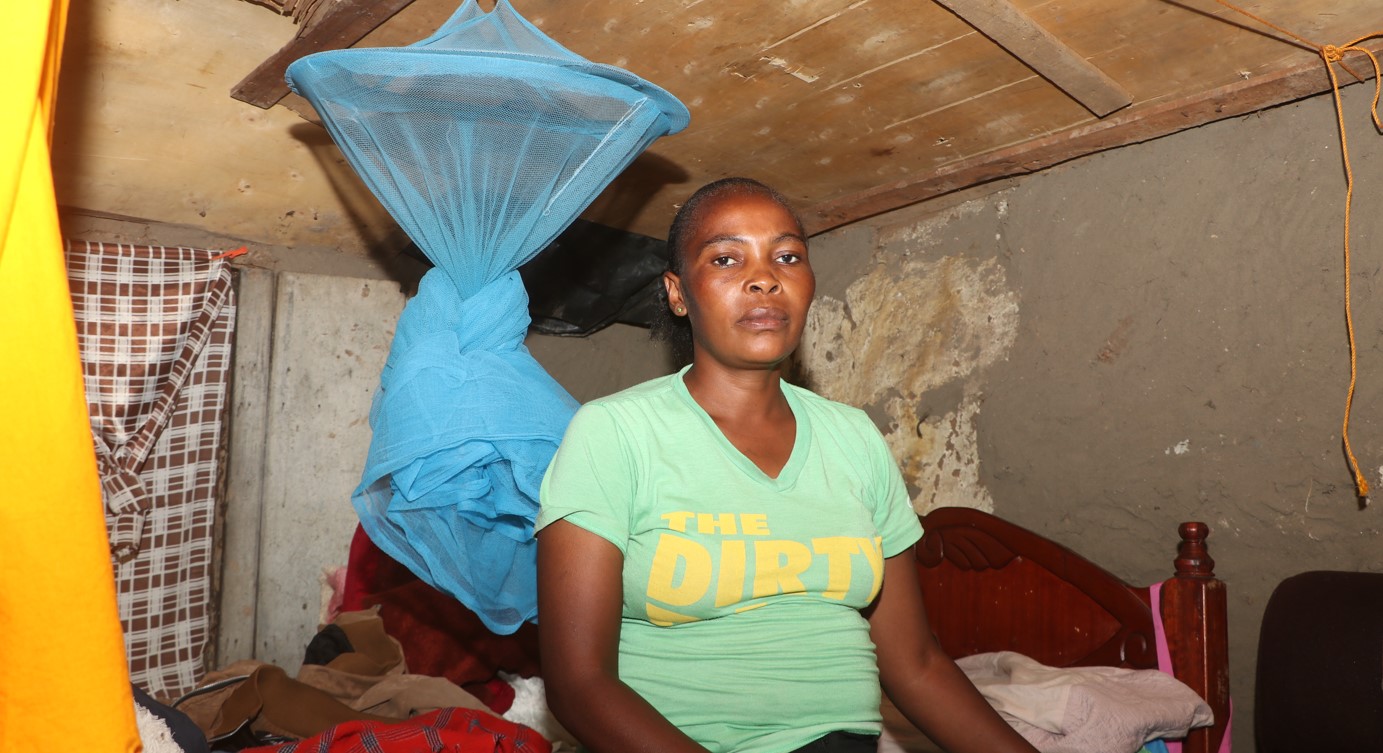
Mothers have continued to put their babies at risk of contracting the deadly disease despite awareness created by doctors and medical facilities which freely distribute nets.
For some families living under deplorable conditions in the Majengo slum in Pumwani, accessing treated mosquito nets has proven to be difficult owing to the numerous challenges they face in their daily lives.
Mothers have continued to put their babies at risk of contracting the disease despite awareness created by doctors who emphasise the importance of sleeping under a treated mosquito net as a key preventive measure for malaria. Both governmental and non-governmental medical facilities also freely distribute nets to expectant mothers to reduce the mortality rate of the tropical disease.
More To Read
- First malaria treatment for babies a major step to ending the disease in Africa – Biochemist
- From hobby to lifeline: How gardening is becoming a path to food security and resilience
- KEMRI study finds widely used antiparasitic drug cuts malaria transmission by 26 per cent
- Chikungunya and dengue cases surge as Aedes mosquitoes spread in Kenya
- First malaria drug for infants approved, to be rolled out in Africa within weeks
- How far is your closest hospital or clinic? Public health researchers explain why Africa needs up-to-date health facility databases
Despite these efforts, mothers stop sleeping under treated mosquito nets within a few years of giving birth, especially before their children reach the recommended age of 5 years. Others resort to using untreated shop-bought nets or, in some cases, no nets at all, relying solely on mosquito repellents.
The World Health Organisation, however, says that Nairobi is a low malaria transmission area with fewer than 1% of people harbouring the parasite that causes the disease. It, nonetheless, warns that many Kenyans living in low-transmission areas can easily become infected when they travel to high-transmission regions due to low immunity.
Poor living conditions
Regina Kendi, a resident of Majengo Pumwani, initially used a treated mosquito net while pregnant but later switched to an ordinary one after it tore. She explained, "Currently we just use the normal net bought in the shops to keep mosquitoes at bay. I was very punctual then because of the clinic and other things."
Like many others living in one-room shacks in Majengo, Regina's family, who share a single bed, often have to find alternative sleeping arrangements for their children, such as sleeping on the floor with mattresses or sacks. She cited the difficulty of consistently setting up nets for the children due to the logistical challenges of their living situation.
Many families in these informal settlements prefer using mosquito coils due to their affordability and simplicity, given the technicalities of their housing structures.
Asha Gathoni, another resident of Pumwani Majengo, mentioned that she has kept and used her maternity net for many years after giving birth to her last child. She stated, "I would love to use the treated net but it's not readily available. We only had access to the net when I was expectant; in many hospitals, only pregnant women and those with young children are given."
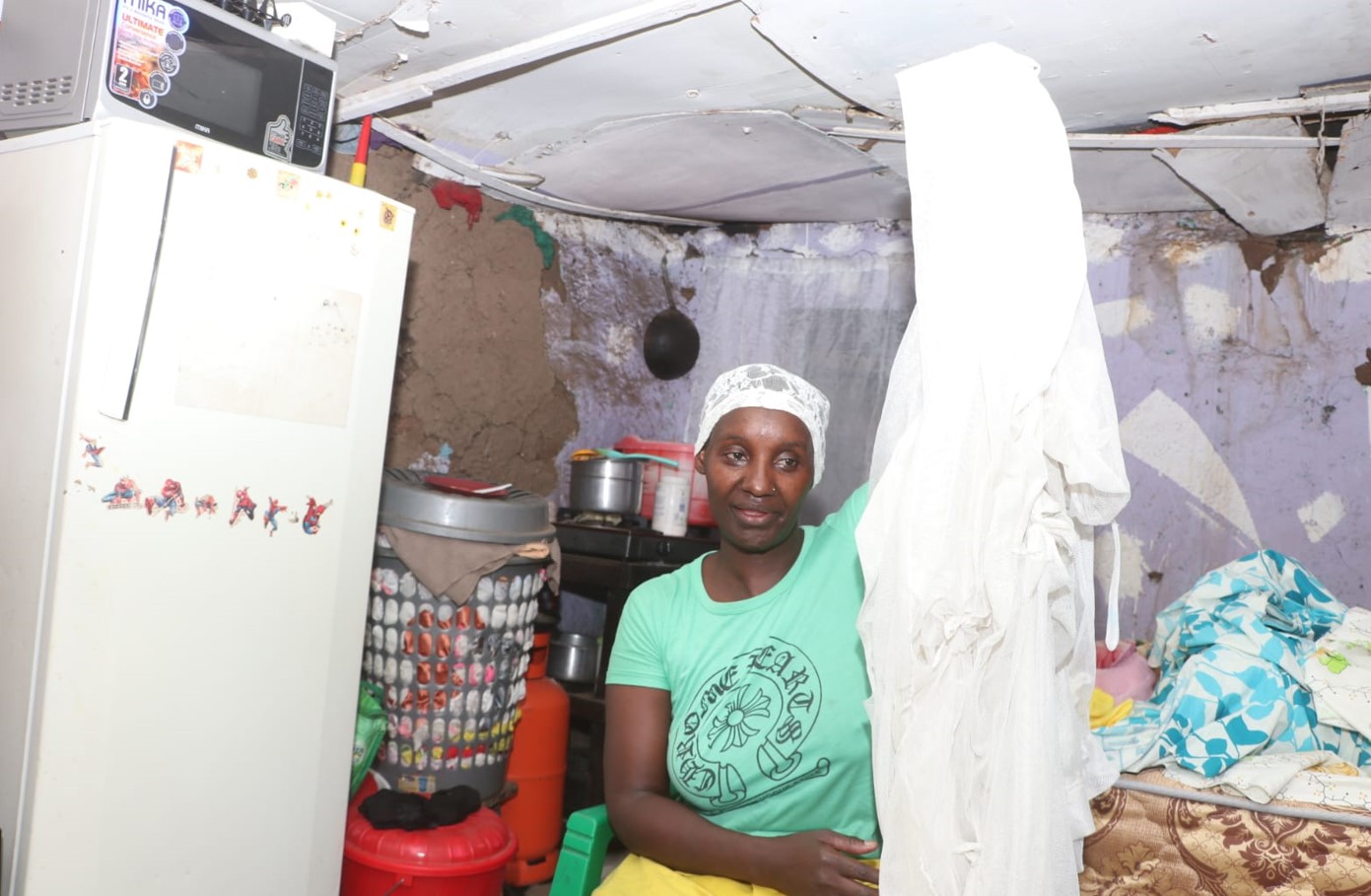 Asha Gathoni, a Majengo Pumwani resident poses for a photo in an interview with the Eastleigh Voice in March 2024. (Photo: Justine Ondieki)
Asha Gathoni, a Majengo Pumwani resident poses for a photo in an interview with the Eastleigh Voice in March 2024. (Photo: Justine Ondieki)Asha Gathoni, a Majengo Pumwani resident poses for a photo in an interview with the Eastleigh Voice in March 2024. (Photo: Justine Ondieki)
Asha added that she washes her net frequently because it's all she has, acknowledging its age but emphasising that it's the only option her family can afford.
Living in informal settlements like Majengo, where poor hygiene and stagnant water are common, poses significant challenges for residents in combating mosquitoes. The idea of the whole family sleeping under a treated mosquito net is often impractical due to the makeshift nature of their homes and the associated difficulties in setting up nets daily. Consequently, many opt for ordinary nets, perceiving them to have fewer side effects compared to treated ones.
New malaria vaccine and other prevention measures
According to Dr. Omar Mohammed, a clinical officer at City Point Global Hospital in Eastleigh, sleeping under an untreated net does not effectively prevent the spread of malaria, as treated nets can kill parasites upon contact. He emphasised the importance of draining stagnant water and clearing areas prone to mosquito breeding to mitigate the spread of the disease. Dr. Omar highlighted that while pregnant women and children under five are particularly vulnerable to malaria due to their immune systems, everyone should take precautions, especially when travelling to malaria-prone areas.
Malaria remains a significant global concern, with nearly half of the world's population at risk and millions of cases reported annually. Vulnerable groups, such as infants, children under five, pregnant women, and individuals with certain health conditions, face heightened risks.
In response to this ongoing threat, the World Health Organisation recommended the rollout of a new malaria vaccine developed through a collaborative effort between the University of Oxford and the Serum Institute of India. The pilot program, which began in 2019, has already vaccinated about 2 million children, with plans to provide the vaccine to children as young as 5 months old in a series of four doses.
In Kenya, where malaria claims about 12,000 lives annually, primarily affecting children under 5 years old, the pilot program has benefited approximately 800,000 children. Malaria not only poses a significant health risk but also hinders the achievement of national sustainable development goals.
According to the World Health Organisation (WHO), malaria remains a significant public health threat globally, particularly in regions with high transmission rates.
Malaria is endemic in over 90 countries, primarily in tropical and subtropical regions, with the highest burden reported in sub-Saharan Africa. In 2020, an estimated 241 million cases of malaria occurred worldwide, leading to approximately 627,000 deaths. Most of these deaths (94%) occurred in the African region, followed by the Southeast Asia region (3%).
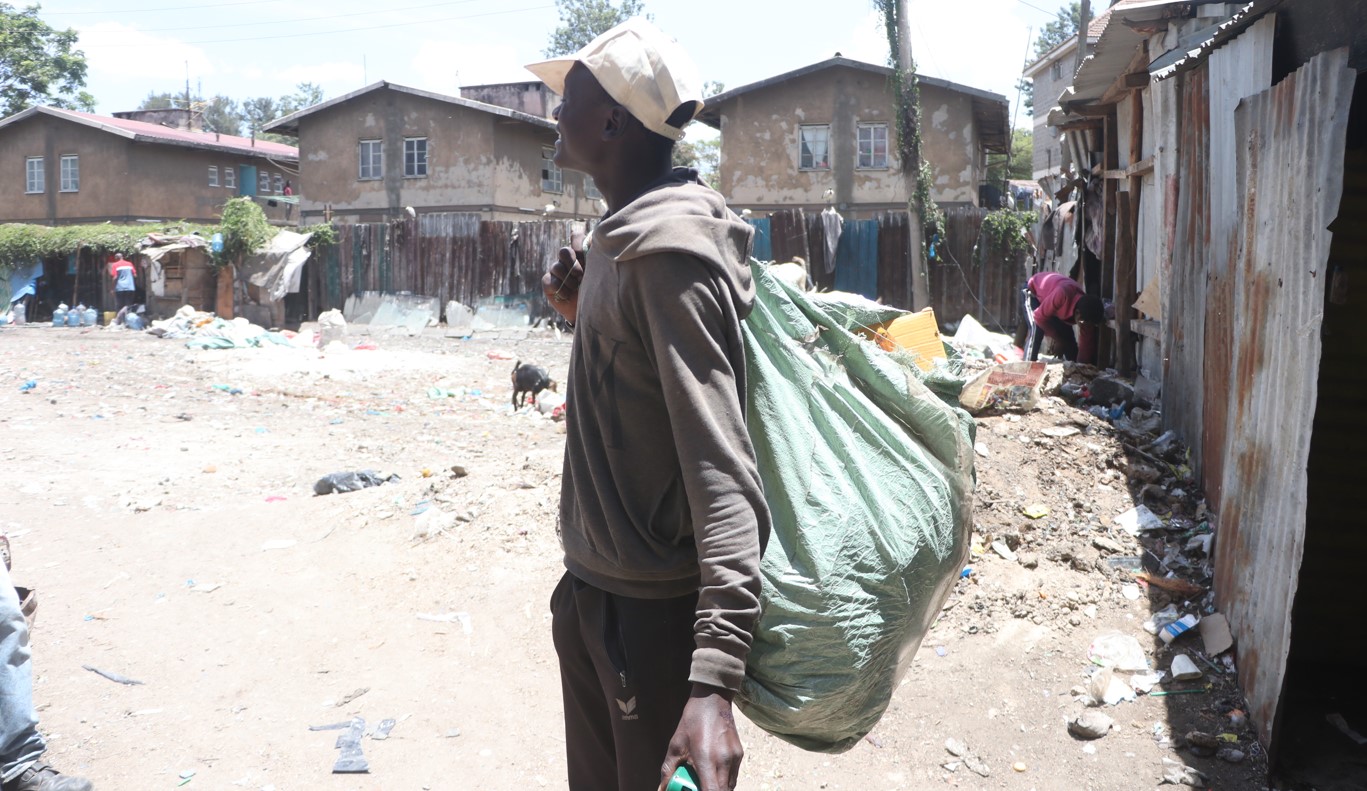 A Majengo, Pumwani resident pictured with a gunny bag of garbage and other disposable items in March 2024. (Photo: Justine Ondieki)
A Majengo, Pumwani resident pictured with a gunny bag of garbage and other disposable items in March 2024. (Photo: Justine Ondieki)A Majengo, Pumwani resident pictured with a gunny bag of garbage and other disposable items in March 2024. (Photo: Justine Ondieki)
Malaria disproportionately affects children under five years of age. In 2020, children in this age group accounted for 67% (approximately 274,000) of all malaria deaths worldwide.
The disease imposes a significant economic burden on affected countries. It hampers productivity due to illness and premature death. According to WHO, the disease is estimated to cost sub-Saharan Africa up to $12 billion annually in lost productivity.
The way forward
While significant progress has been made in reducing malaria incidence and mortality in recent years, sustaining these gains remains a challenge.
Globally, malaria continues to pose a formidable global health challenge, particularly in regions with limited resources and fragile health systems. Efforts to combat the disease require sustained investment, innovation, and collaboration among governments, international organisations, research institutions, and affected communities to achieve the goal of malaria elimination.
Top Stories Today
